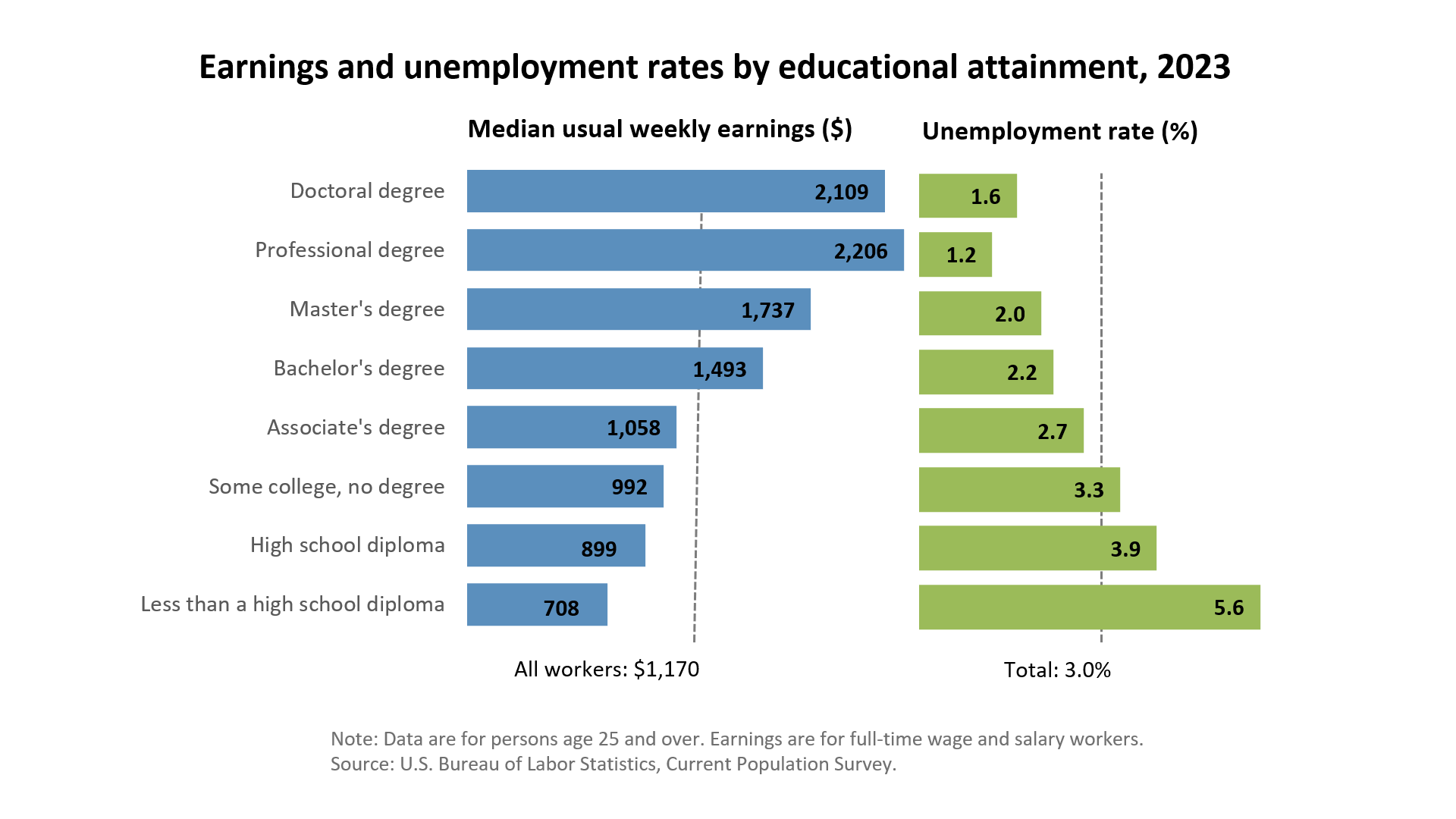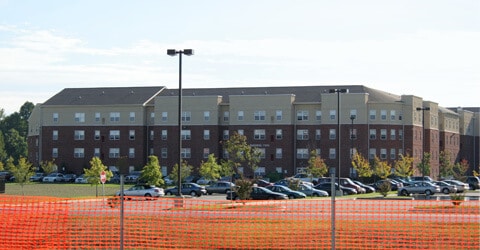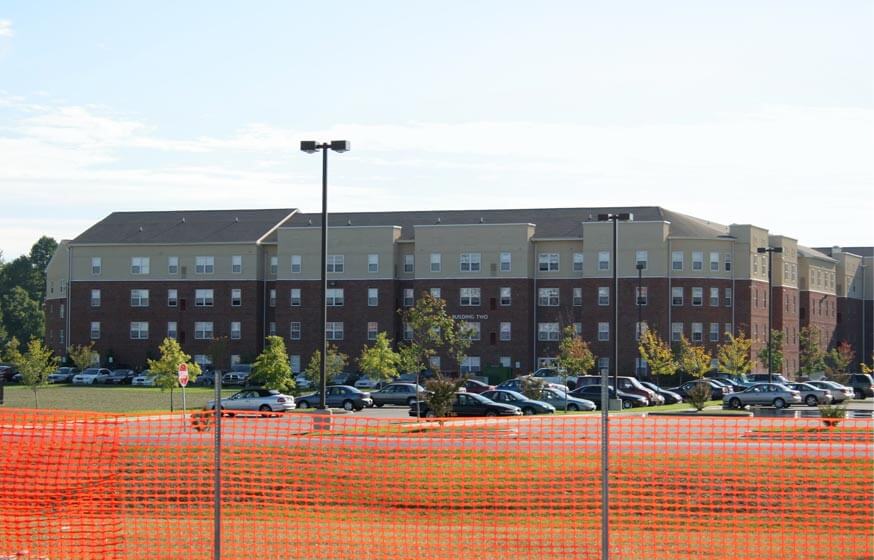University Headquarters (HQ) is an industry-leading, independent educational organization that provides independent college rankings using a proprietary formula to create first class unbiased rankings. The team at University HQ strives to provide accurate and trustworthy rankings that highlights the best programs.
Get Matched With Online Colleges
If you decide to visit the campus before signing up to attend, you’re likely to be able to see from one end of the campus to the other. Loop Road surrounds the campus, following its boundaries. You’ll be able to reserve a dorm room for the year if you choose to live on campus and it’s a good idea to do so. Living on campus for at least your first year of school helps you to feel like you’re a part of almost everything happening.
Search All Programs
Overview of Delaware State University
Delaware State is a public university set within the city of Dover, which is relatively small despite being the capital of the state and the second largest city. As with the campus, you should be able to get familiar with Dover fairly quickly.
The student population is just under 4,800, so you should be able to find friends and know quite a few of you fellow students by sight, even if you don’t know them well. Delaware State awards degrees from bachelor up to doctoral (in research/scholarship). It also offers certificates that can be earned in less than one year.
General Information
| School Type | Public |
|---|---|
| Campus Setting | City: Small |
| Campus Housing | Yes |
| Student Faculty Ratio | 16:1 |
| Graduation Rate | 42% |
| Year Founded | 1891 |

Student Enrollment
Total Students4,768
4,315
453
Undergraduate Student
Male 1,467
Female 2,848
Graduate Student
Male 154
Female 299
Explore Map
Top Rankings For Delaware State University
Admissions
APPLICATIONS9,084
ACCEPTANCE4,815
Acceptance Rate53%
Enrollment 1,155
| Admissions | |
|---|---|
| Application Fee | $35 |
| High School GPA | Required |
| High School Rank | NA |
| High School Transcripts | Required |
| College Prep Courses | Recommended |
| Recommendations | NA |
| SAT/ACT | Required |
| TOEFL (Test of English as a Foreign Language) | Required |
| Application Deadline | November 1 |
| Common Application Accepted | No |
Tuition Cost & Financial Aid
While going to college isn’t an inexpensive effort, by choosing Delaware State, you may save on some of the expense. The total price for a recent academic year was $24,692, but you likely won’t be responsible for the entire amount. This includes room and board, books, supplies, and in- or out-of-state tuition.
If you qualify for financial aid, which most freshman students do, the overall cost of school will come down by the amount you were eligible for. The average net price in a recent year was $13,213. Since financial aid is provided based on your family’s annual income, you may be eligible for significantly more than the average. If your parents income was below $30,000, they will pay around $11,512. If their income was between $48,001 and $75,000, they’ll pay around $14,529. And, if their income was above $110,001, they’ll pay around $16,024. So, it can be lower or higher than the average depending on your annual income.
A full 94% of freshman students qualified for financial aid in a recent year. They received grants or scholarships averaging $9,945; and 62% received an average of $6,659 in institutional grants and scholarships.
| Average net price | 2018-2019 |
|---|---|
| Net Price | $13,213 |
| Average Total Aid | $9,945 |
| Students Receiving Financial Aid | 98% |
| Room & Board | $11,984 |
Sticker Price
- Tuition In-State - $8,258
- Tuition Out-of-State - $17,294
- Books and Supplies - $2,000
- Room & Board - $11,984
- Other - $2,450
Academics
The most popular degree programs run the gamut of professional fields. They include parks, recreation, leisure and fitness studies; communication, journalism and related programs; business, management, marketing and related support services; social sciences; and biological and biomedical sciences.
It occasionally takes time for a freshman student to decide if they made the right choice of university or college. If you do decide to return to the same school for your second year of classes, you’ll be included in the school’s retention rate, which is 70%. This means that 7 out of 10 students decide that the school provides what they need, and it is worth it to return for their second year.
The 4-year graduation rate is 27% and the 6-year graduation rate is 42%. Both of these are below the national averages for graduation times, but some students may find it necessary to stay in school beyond the 4- and 6-year marks, while others may transfer once they realize they are looking for a different degree focus than what is available here.
With a student-to-faculty ratio of 16 to 1, you may find it easier to get into your professor’s office to discuss a class rather than waiting for them after a class is over. However, you should never have too much trouble getting in during open office hours. You should take advantage of this - it’s better to clarify answers to your questions than flounder with any class.
Delaware State doesn’t offer evening classes, but you may have the option of taking some classes online. If you run into any scheduling conflicts, you should consider this to be a possible way to insert some flexibility into your schedule.
Retention
Rate
4 year
Graduation
Rate
6 year
Graduation
Rate
Student Population Total
Student Population 4,768
4,315
453
Most Popular Programs & Majors
(# of Diplomas Awarded by Subject)
| Parks, Recreation, Leisure, and Fitness Studies | 86 Total Graduates / 13% |
|---|---|
| Kinesiology and Exercise Science | 57 Graduates |
| Sport and Fitness Administration/Management | 29 Graduates |
| Communication, Journalism, and Related Programs | 77 Total Graduates / 12% |
| Mass Communication/Media Studies | 77 Graduates |
| All Business Majors | 73 Total Graduates / 11% |
| Business Administration and Management, General | 50 Graduates |
| Accounting | 18 Graduates |
| All Social Science Majors | 66 Total Graduates / 10% |
| Criminology | 43 Graduates |
| Political Science and Government, General | 17 Graduates |
| Sociology | 6 Graduates |
| All Biological & Biomedical Majors | 45 Total Graduates / 7% |
| Biology/Biological Sciences, General | 37 Graduates |
| Biological and Biomedical Sciences, Other | 8 Graduates |
| All Other Diplomas | 47% |
Outcome & Salary
Once you’ve graduated, you’ll be ready to start working in your field. Delaware State University graduates earn average early-career salaries of $47,400. Their average mid-career salaries increase to $79,700, and their overall average salaries are around $60,130.
In order to find some other figures, you’ll need to keep the 4-year cost of education in mind. On average, this is $52,852. This would make your 10-year salary earnings potential around $601,300 and your 20-year salary potential as high as $1,398,300. If you subtract your cost of education from the salary earnings potential figures, you’ll find a 10-year projected return on investment (ROI) of $548,448 and a 20-year ROI of $1,345,448.
A high schooler who decides to start working right after graduation earns an average national salary of $38,792. Their 10-year projected income is $387,920 and their 20-year projected income is $775,840.
| Graduates Salary | |
|---|---|
| College Grads Early Career Salary | $47,400 |
| College Grads Average Salary | $60,130 |
| College Grads Mid Career Salary | $79,700 |
| Return on Investment (ROI) | |
|---|---|
| 10 Year Salary Earnings Potential | $601,300 |
| 20 Year Salary Earnings Potential | $1,398,300 |
| Cost of Education (Net Price) 4 Year | $52,852 |
| 10 Year Projected ROI | $548,448 |
| 20 Year Projected ROI | $1,345,448 |
| No College Education Salary Comparison | |
|---|---|
| National Average Salary | $38,792 |
| 10 Year Projected Income | $387,920 |
| 20 Year Projected Income | $775,840 |

Related Top College Resources

















